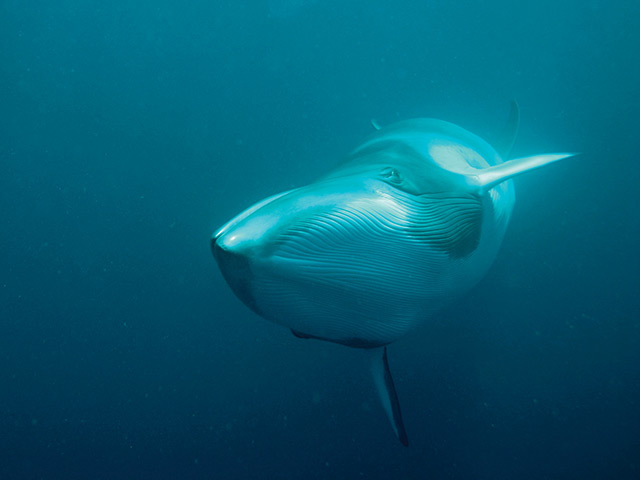
A new best practice guide to seismic survey work aims to help oil, gas and offshore renewable energy project developers scope out potential sites without causing stress to whales and other marine species.
The International Union for Conservation of Nature (IUCN) and energy consortium Sakhalin Energy – whose shareholders include Shell and Gazprom – have developed the guide, following a six-year study into reducing the effects of seismic on endangered Western Grey whales near Sakhalin Island, on the Russian coast.
Over the course of the study, which took place between 2006 and 2012, the number of Western Grey whales in the area increased by about 3% a year to 140, despite seismic testing near their feeding grounds.
Seismic survey work, which involves creating powerful bursts of sound to reveal details of the seafloor and underlying geological structure, can result in stress to whales and other sea species who rely on sound for communication, navigation and foraging.
The study recommends energy developers conduct detailed advanced planning ahead of any seismic work, taking into account local marine species, environmental features and the history and nature of other operations in the area.
“This is a valuable tool for oil and gas companies, regulators and others on all aspects of developing and implementing successful environmental monitoring and mitigation programmes that are precautionary, responsible and effective,” said Dr Doug Nowacek from IUCN’s Western Gray Whale Advisory Panel.
Other recommendations from the study include halting seismic survey work when animals are too close or showing strong reactions to the seismic activity, and restricting a survey area to reduce a survey’s ‘acoustic footprint’.
Dr Greg Donovan, head of science at the International Whaling Commission, said: “Key to minimising impacts during seismic surveys is advance knowledge of marine life distribution and migrations and timing a survey accordingly.
“In the Sakhalin case that means conducting the survey as easly as possible in spring when the ice has melted but most of the whales have not yet arrived.”
Recommended for you
